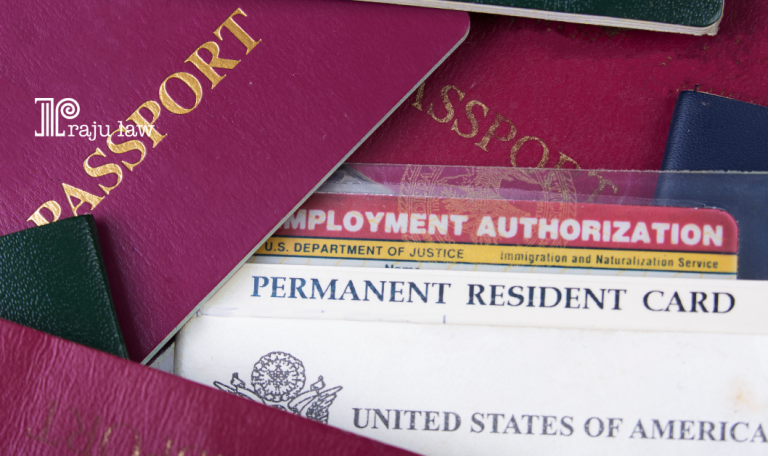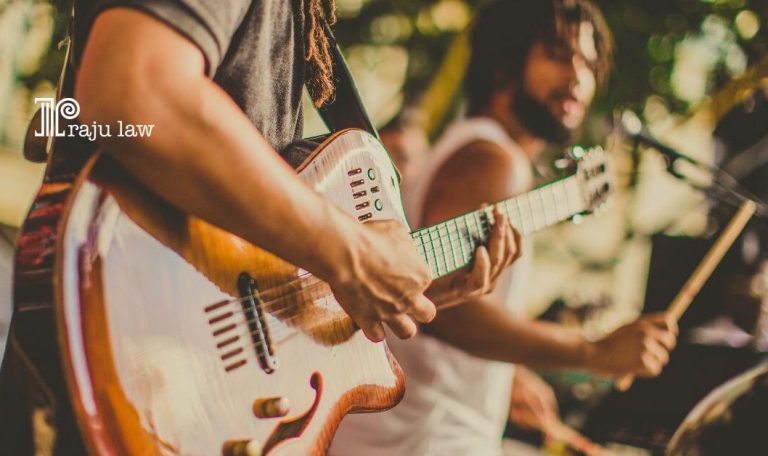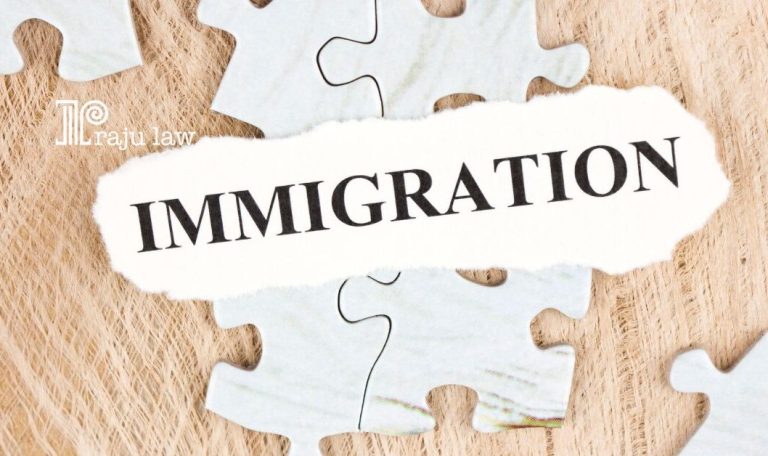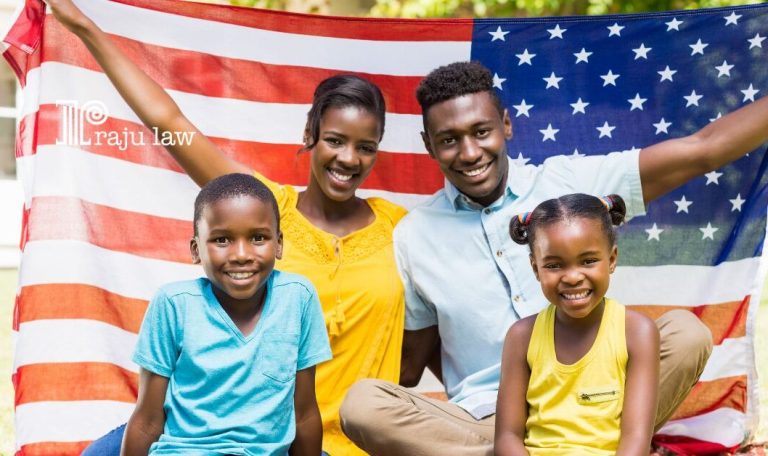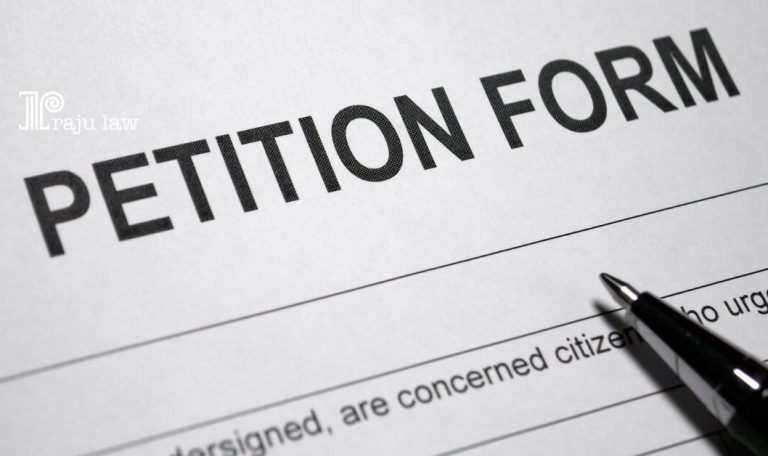
Motion to Reopen & Motion to Reconsider
A motion to reopen is a request to the original decision maker to review a decision. The motion must be based on factual grounds, such as the discovery of new evidence or changed circumstances, and “state the new facts to be provided in the reopened proceedings and be supported by affidavits or other documentary evidence.” If the underlying application or petition was denied due to abandonment (e.g., failure to respond timely to a request for evidence or a notice of intent to deny), a motion to reopen may be filed if it can be shown that: The requested evidence was not material, The required initial evidence was submitted with the application or petition, The request for appearance or additional evidence was complied with during the allotted period, or The request for evidence or appearance was not sent to the address of record. A motion to reconsider is a request to the original decision maker to review a decision based on new or additional legal arguments. The motion must establish that the decision was incorrect based on the evidence of record at the time of that decision, and it must state the reasons for reconsideration. A motion to reconsider must be supported by “any pertinent precedent decisions to establish that the decision was based on an incorrect application of law or [USCIS] policy.” Unlike a motion to reopen, new evidence or changed circumstances cannot support the filing of a motion to reconsider. How do I file a motion? Most motions are filed on Form I-290B, Notice of Appeal or Motion, with the appropriate fee. If your motion needs to be filed on a different form, your denial notice will include the appropriate form information. Please note that a written letter submitted to USCIS is not considered a motion. Motions must be filed on the appropriate form and submitted with the required fee (unless a request for a fee waiver was approved). Motions regarding an asylum decision do not require a Form I-290B, Notice of Appeal or Motion (or any other DHS form). A filing fee is also not required for motions regarding an asylum decision. You or your representative of record must submit any motion within 30 days of the decision and indicate if the motion seeks to reopen or reconsider. However, failure to file a motion to reopen before this period expires may be excused at the discretion of the Asylum Office Director if you demonstrate that the delay was reasonable and beyond your control. Either the principal applicant or a dependent may file a motion to reopen or reconsider. When do I file a motion? Generally, motions should be filed within 30 days from the date of the decision (not from the date it was received). The time for you to file your motion to reopen can only be extended at the discretion of USCIS if you demonstrate that the delay was reasonable and beyond your control. Where do I file a motion? Your denial notice will include information about which



